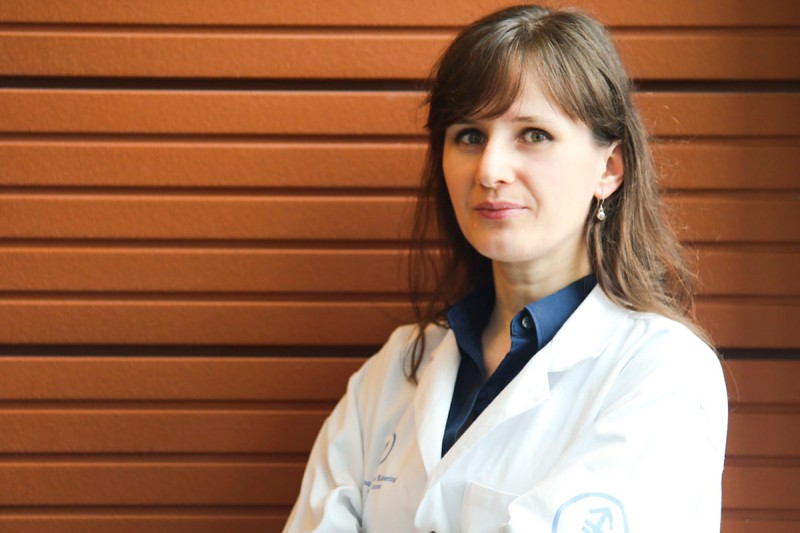
My research interests are broad and include areas in basic and translational oncology. I have an extensive background in cancer biology and biochemistry with a specific training and expertise in evaluation of chemical tools in in vitro and in vivo systems. Being at Memorial Sloan Kettering Cancer Center, I have extended my expertise to drug discovery by developing selectivity- and phenotypical assays for chaperome inhibitors and studying chaperome biology in cancer and neurodegenerative diseases using these tools. My efforts have resulted in multiple publications and patent applications.
My major focus is to study the biochemical and functional mechanism behind the epichaperome, and to investigate the translational significance of epichaperome multi-protein complexes in cancer. Towards this goal, I studied the mechanisms associated with epichaperome complex formation and its role in the sensitivity of tumors to HSP90 inhibitors. Specifically, I have developed methods to identify and characterize the epichaperome complex.
Another way to inhibit epichaperome networks in cancer is through targeting HSP70. Towards this goal we have discovered an inhibitor of a previously unknown allosteric HSP70 site, YK5. Derivatives of this compound have been made by my chemistry colleagues to identify those that are potent and selective binders of HSP70 epichaperomes. This generation of inhibitors represents a viable starting point for the development of novel anticancer therapeutics. High potency agents are now on the way to clinical translation. I am deeply involved in the investigation of these agents, of their mechanism of action and in the development of strategies for their rational translation to clinic.